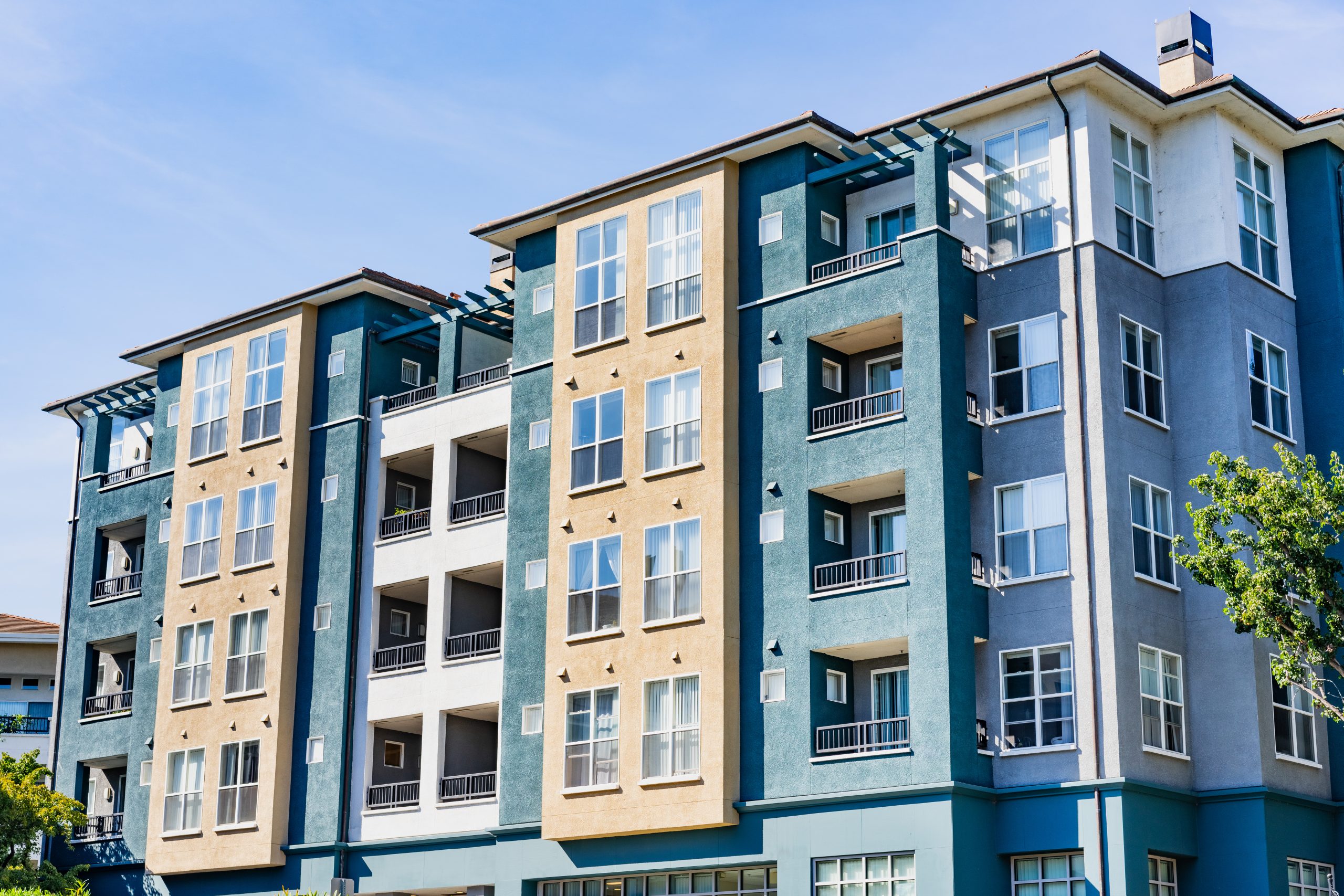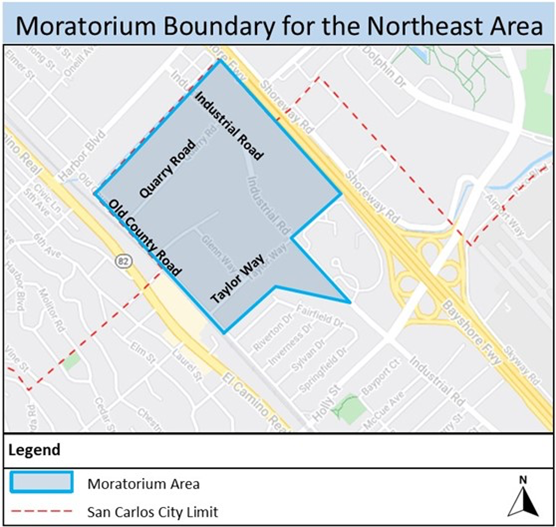RJR Attorneys Successfully Defend 180-Unit Housing Development
Earlier this month, the First District Court of Appeals handed down a win for our client in a CEQA lawsuit challenging the approval of a 180-unit residential project in Petaluma (Project). (Save North Petaluma River and Wetlands v. City of Petaluma (Nov. 14, 2022, A163192) [nonpub. opn.].) Matthew Visick and Sabrina Eshaghi of our office represented the developer during entitlements and litigation.
The Court confirmed:
- The “baseline” conditions against which biological impacts are measured can be drawn from site visits, studies, and habitat evaluations that were undertaken both before and after the Notice of Preparation (NOP) for the Environmental Impact Report (EIR) is issued; and
- The EIR need not contain a standalone analysis of evacuation impacts, despite expert testimony to the contrary, where substantial evidence indicates large-scale evacuations would not be necessary.
The Project went through an extensive environmental review process that resulted in the release of a Draft EIR in 2018. The City allowed for an extended public comment period on the Draft EIR and held two hearings to solicit additional comments before preparing the Final EIR. As intended under CEQA, the developer adjusted the project multiple times to respond to comments received during the hearings on the Draft and Final EIR. Despite the developer’s efforts to respond to community input, opponents of the Project submitted a letter from an attorney to the City on the day the City Council approved the Project asserting a broad range of alleged errors in the Project’s CEQA review. Soon after the City Council approved the Project, the opponents filed a lawsuit seeking to invalidate the approval.
At the Trial Court, in addition to challenging the adequacy of the EIR’s biological resources and emergency evacuation analysis, the opponents claimed the developer had deprived the public of its right to meaningfully participate in the CEQA process by making changes to the Project in response to public and City input after publication of the Final EIR, failed to analyze the impact of formaldehyde off gassing from composite building products, and failed to adequately analyze potential impacts related to flooding from the adjacent Petaluma River. The Trial Court rejected the opponents’ wide-ranging claims and upheld the EIR’s certification. The opponents promptly appealed.
The Court of Appeal affirmed the Trial Court’s decision as to the two issues raised on appeal: the “baseline” for measuring biological resources impacts and the adequacy of the Project’s emergency evacuation analysis.
First, the Court agreed that information and analysis conducted both before and after the NOP is issued can be the basis for establishing the “baseline” against which Project impacts are measured. The state CEQA Guidelines generally require existing baseline conditions to be based on the environmental conditions at the time the NOP issues. Here, the NOP was published in 2007, but a special status species report for the EIR’s biological resources analysis was drafted in 2004. The EIR indicated its analysis included updated database reviews and information gathered from site visits in the years following the NOP. The Court confirmed that the use of materials from before and after the NOP issued did not require additional justification because there was no indication that the conditions had changed. Instead, the Court determined that the “inclusion of the post-2007 information indicates that the EIR was prepared with an eye toward ‘completeness’ and ‘a good faith effort at full disclosure.’” The Court also rejected the opponents’ argument that the EIR must provide additional documentation from the biologist’s studies and site visits to allow the opponents to evaluate whether they support the analysis in the EIR, confirming that factual information in the EIR itself may constitute substantial evidence. The Court also noted that the opponents could have obtained this information if they had raised their comments during the public comment period rather than on the day the Project was approved.
Second, the Court agreed that where the City has substantial evidence that large scale evaluations will not be necessary, the EIR need not include a stand alone analysis of evacuation impacts. While the EIR did include an analysis of the Project’s impact on adopted emergency response and evacuation plans, the opponents argued that the EIR also needed to evaluate egress and evacuation safety due to neighborhood concerns regarding flooding and grass fires as well as a letter from a “national evacuation expert” opining on allegedly dangerous public safety impacts in the event of an evacuation. The Court reaffirmed that CEQA does not allow courts to reweigh conflicting evidence when reviewing an EIR and that case law allowed the City to rely on the expertise of its staff to determine that the Project will not have a significant impact. Here, City staff prepared a memo reiterating that the Project is outside the 100-year floodplain and is not within the high fire severity zone, and the Assistant Fire Chief confirmed the Fire Department did not have significant flood or fire access/egress concerns. Given the analysis in the EIR and the corroborating statements from City staff, the Court concluded that the opponents failed to prove any inadequacy of the public safety analysis in the EIR.
This opinion affirms the deferential review that the Courts will give to an EIR. So long as the EIR reasonably sets forth enough information to allow informed public participation and allows the City to make a reasoned decision whether to approve a project, the Courts will not second guess the City’s decision to approve a project.
Authored by Reuben, Junius & Rose, LLP Attorney Sabrina Eshaghi.
The issues discussed in this update are not intended to be legal advice and no attorney-client relationship is established with the recipient. Readers should consult with legal counsel before relying on any of the information contained herein. Reuben, Junius & Rose, LLP is a full service real estate law firm. We specialize in land use, development and entitlement law. We also provide a wide range of transactional services, including leasing, acquisitions and sales, formation of limited liability companies and other entities, lending/workout assistance, subdivision and condominium work.











